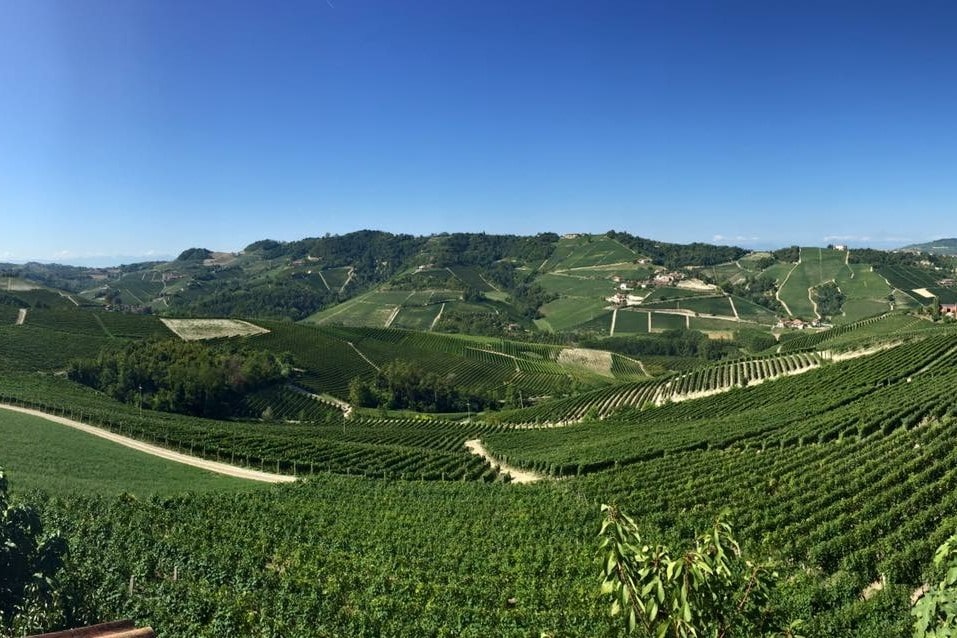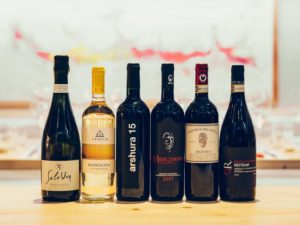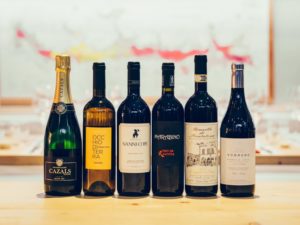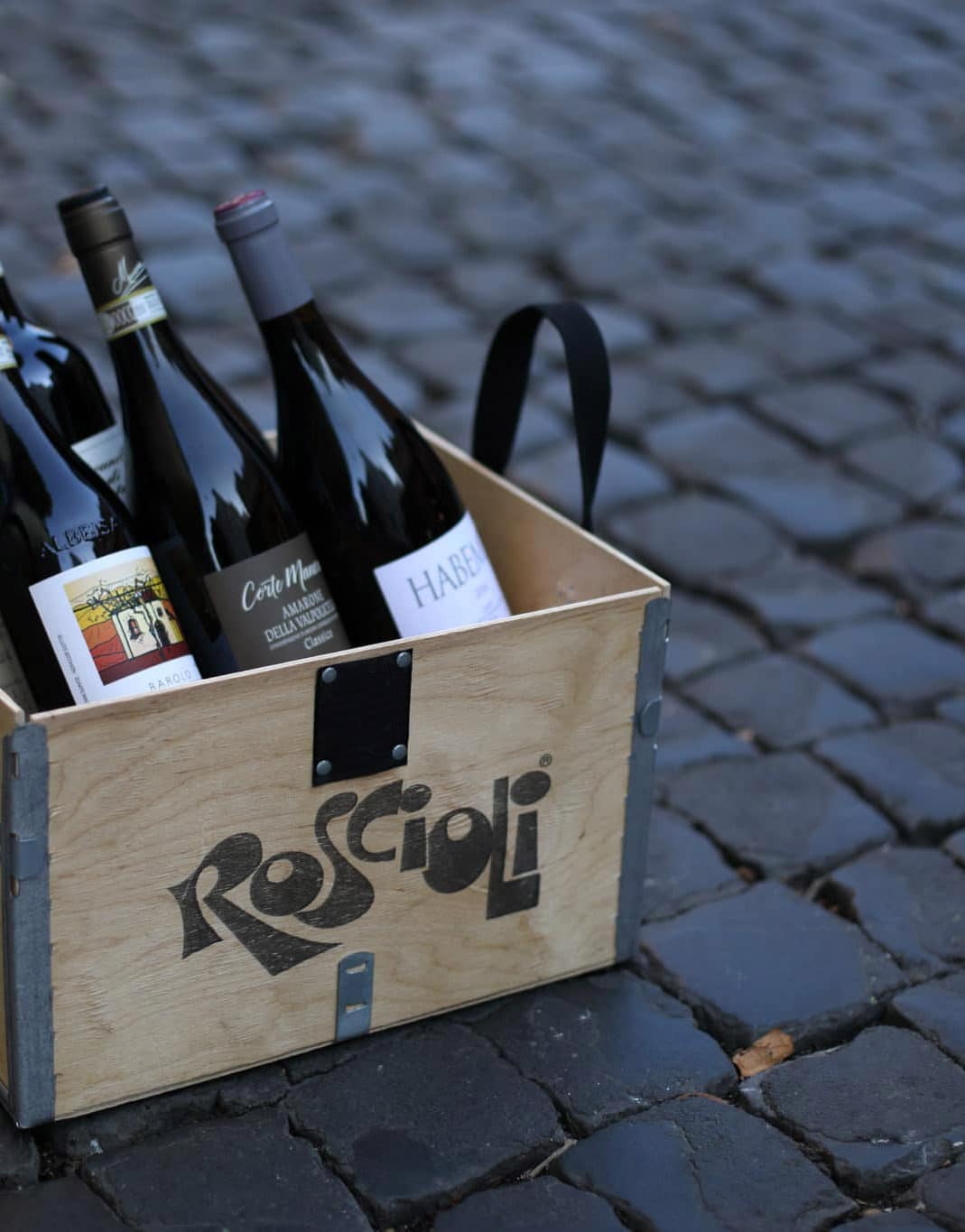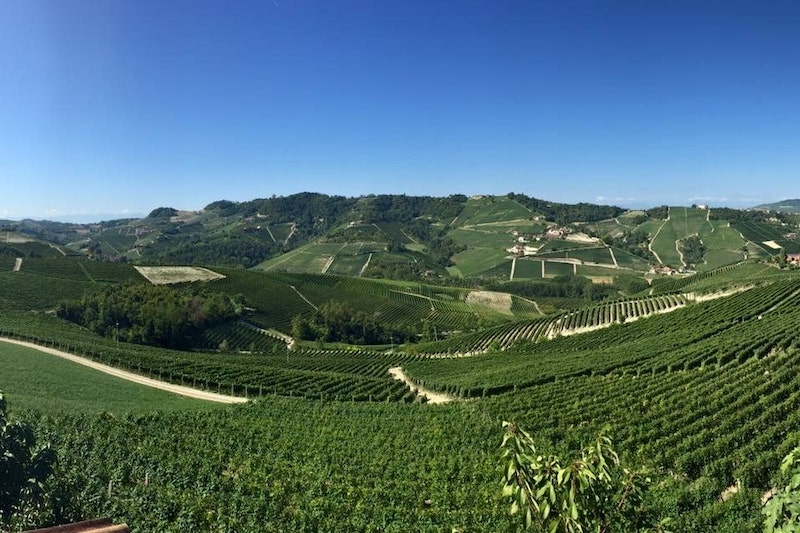
Tasting and Buying the Best Red of Italy
So, what is Barolo wine?
If you look up Barolo wine in the dictionary, you will find: "a dry red wine from the Piedmont region of Italy"
True, it is indeed a dry red wine and it does come from a little town called Barolo, in the northern Piedmont region of Italy. However, there is so much more to a Barolo wine than it just being a red wine, as it did not get its nickname “the King of Italian wines” for nothing!
Initially, Barolo was produced as a sweet red wine instead of a dry one. That changed in the mid-nineteenth century, but there are different stories behind this shift in style.
One version of the story claims that Count Camillo Benso di Cavour invited a French oenologist named Louis Oudart to improve the quality of the wine, who effectively created the dry version of Barolo, much like we drink it today.
This dry version of the Barolo wine proved popular with the Piedmont aristocracy, leading to its catchphrase: “Barolo, the wine of kings, the king of wines”. However, this story has recently been disputed by some wine historians, who claim that Count Cavour had in fact sought the help of Italian oenologist Paolo Francesco Staglieno, rather than the Frenchman.
Another version tells the story that the creator of dry Barolo is Juliette Colbert de Maulevrier, la “Marchesa del Barolo”. When her husband Marchese Carlo Tancredi Falletti di Barolo died, she inherited the Falletti family vineyards. Her palate had been honed by the austere wines consumed by French nobility, therefore she did not admire the sweet wines from Barolo. In order to adjust the wine to her taste, she called Louis Oudart (yes, he definitely played a part!) who applied his knowledge and experience to forge the wine into the dry version.
Regardless, the French have surely influenced this zone throughout the last centuries.
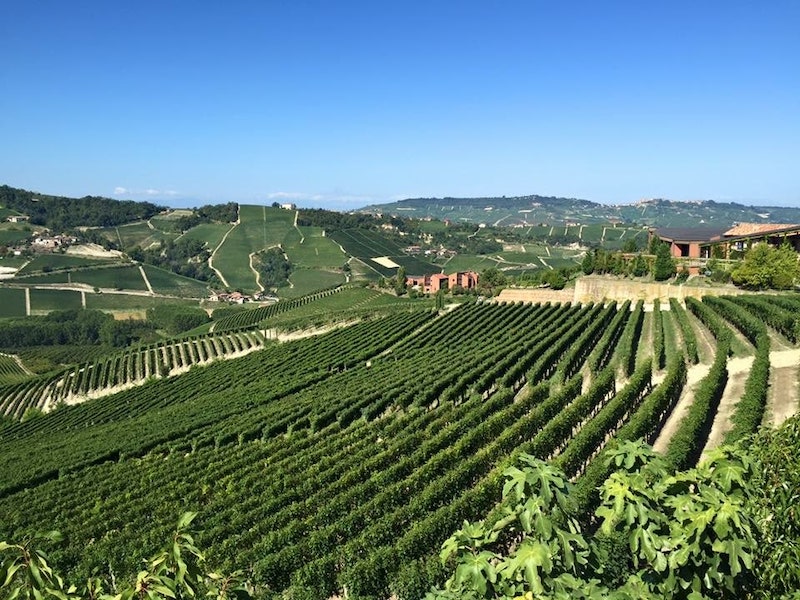
The Nebbiolo grape
The magical Barolo wine is made from a single grape variety, namely the Nebbiolo grape. Nebbiolo derives from the Latin word nebbia - fog, either because the blooming grapes seem to be wrapped in a delicate blanket of fog, or because the rolling hills of Piedmont, especially during sunrise in the chilly fall mornings (Nebbiolo is a late ripening grape), are often covered by a thick blanket of fog.
The Nebbiolo grape, although having a big name, has a small home. Only a few viticultural regions in the north of Italy (predominantly Piedmont, but also Valle d’Aosta and Lombardy) have a century-long history of producing prestigious wines from this grape variety.
Sure, Nebbiolo vines have been planted elsewhere in the world, especially as of late, but the wines' authentic and highly praised character is a creation of the grapes’ adaptation to its environment over the centuries. It is very unforgiving towards being planted elsewhere, never producing wines with a comparable elegance and complexity as the ones from its own northern Italian soil.
Throughout history, caused by cultivation and evolution, we were able distinguish thirty different Nebbiolo biotypes, of which the most important ones always have been identified as: Nebbiolo Michet (considered the best), Nebbiolo Lampia (most dependable), Nebbiolo Bolla (limited because of its supposedly poor quality) and Nebbiolo Rosé (lightest but most aromatic).
By extensive research it has been discovered that all Nebbiolo biotypes came from only two different genotypes: Nebbiolo Lampia and Nebbiolo Rosé, with the Nebbiolo Lampia being considered the true Nebbiolo grape and the Nebbiolo Rosé now recognized as an independent grape variety.
In fact, the Nebbiolo Michet is derived from the Nebbiolo Lampia after it was hit by a virus. Since technology and science kicked in, cloning and clonal selection have had a major effect on the development of Nebbiolo wines, especially when in the 80s dark and heavy reds became the benchmark for quality wines.
These characteristics are the complete opposite of Nebbiolo’s natural light colored wines. The elegant complexity of terroir reflecting aromas and cloning of the grapes was used to create a more fashionable (but may we say questionable) end result.

In the glass
The Nebbiolo wines from Barolo are generally considered to be powerful and highly tannic wines, but in reality, the true core element that makes them one of the most critically acclaimed wines in the world is the complex refinement with which these wines can express the character of this little hilltop town in Piedmont in the glass.
The best Barolo wines typically display fresh balsamic and floral elements, with black licorice, mint and eucalyptus notes.
All of this is in harmony with the earthy and austere, tar-like characteristics that are there to remind us of the native soil and territory, and that are some of the most appealing factors to traditionalist producers and consumers.
The weightless power and aromatic complexity found in some of the most traditional and age-worthy Barolo wine can possibly only be compared to similar qualities found in great Pinot Noirs from Burgundy.
The Nebbiolo grape, much like Pinot Noir, is not intrinsically a muscular and powerful grape, and it’s important to note that many Nebbiolo-based wines display garnet and orange hues, with some of its best expressions usually medium to medium-light bodied, not dark and impenetrable.
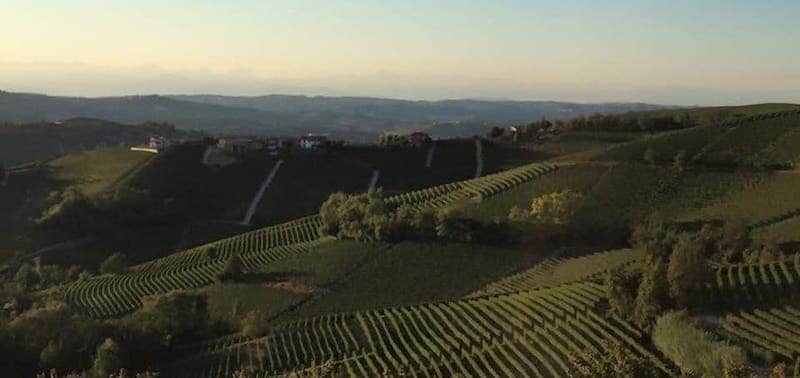
Barolo's territory
The Barolo wine region and territory where it is produced is comprised of the following areas in the Langhe, an area to the south and east of the river Tanaro in the province of Cuneo: Barolo, Castiglione Falletto, Cherasco, Diano, Grinzane Cavour, la Morra, Novello, Roddi, Serralunga, Verduno.
It is safe to say that there are very few wines in Italy that can claim a tighter connection to their territory and history than Barolo. This is, after all, the home of legendary ‘crus’ such as Bussia, Francia, Vigna Rionda, Parafada, and Monprivato.
The mention of different vineyards is dictated by the multiple soil and microclimate characteristics of the Barolo wine region, and the wines can be very distinct from one another.
For example, the soil of the celebrated Cannubi vineyard is predominantly sandy clay, while the Vigna Rionda in the Serralunga D’Alba commune is mainly marl and limestone. The former are generally round and fruity, while the latter are more austere and are well known for their great aging potential.
In order to allow wine producers to specify and highlight the area of origin directly on the wine label, in 2009 the Italian government allowed the geographic mention of the vineyard and area of production. This denomination is called ‘Menzioni Geografiche Aggiuntive’, or MGA.
The MGA system shares some similarities with the Burgundy wine classification system, but without the hierarchical levels that are allowed there, such as Grand Cru, 1er Cru, etc. It is only there as a geographic marker, not a quality one.
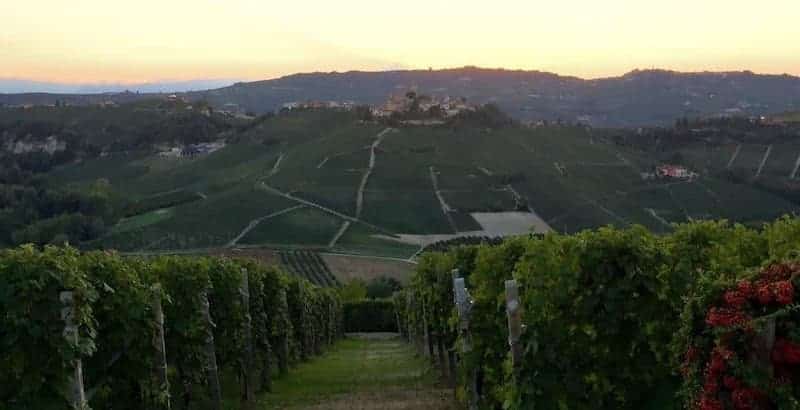
Traditionalists vs modernists
Barolo wine may only be released after 38 months of aging, of which 18 must be in wood containers. For the Riserva denomination, the wine must age for at least 62 months.
However, it is the excessive use of oak that has proven to be perilous to the true nature of Barolo, especially in the hands of producers overeager to appeal to the whims and trends of the international palate.
At the end of the 80s a younger generation of winemakers, known as the Barolo Boys helped put the area on the world wine map, but partially compromised the traditional Barolo style by altering the wine making and aging processes. In order to extract less tannins, maceration times were shortened. Aging was no longer carried out in large 1200 liter barrels known as ‘botti grandi’, but in small 225 liter ‘barriques’.
The smaller barrels were introduced to tame the more aggressive and sharp aspects of the wine, and to provide a soft mouthfeel and fruity flavors that proved to be very popular with mainstream audiences.
This also meant that it was no longer necessary to wait 10 or more years before the wine was ready to drink.
While all Barolo wine producers did arguably benefit from the success of this new international profile and widespread interest, (and the relative increase in prices), some older winemakers felt that many producers were selling their soul to the devil.
Famously, the traditional producer and local legend Bartolo Mascarello, responded to the new trend by releasing a label with the line, ‘No Barrique – No Berlusconi’. Aside from the pointed jab clearly directed at the notorious Italian businessman-turned-politician, the deeper connotation was that tradition should never be compromised in the name of business or market trends.
Other producers sided with him, such as Giacosa and Conterno, and judging by the current value of their wines and the worldwide acclaim consistently bestowed on them, it is safe to say that they chose correctly by sticking to their ideals and traditions.
It is practically impossible to buy a bottle of 2010 Monfortino by Conterno for less than €800. The good news is that there are many affordable Barolo wine price options, and it is possible to find some great wine for the price of €50, or sometimes even less.

Our recommendations
It can be tricky to navigate and choose between the different vintages, styles, and price ranges, but here are a few classics that never fail to impress when doing a Barolo wine tasting:
Giacomo Conterno - Riserva Monfortino
This specific Barolo wine is only produced in exceptional vintages and aged for seven years in ‘botti grandi’. It is made exclusively from grapes from their Francia vineyard.
Giuseppe Mascarello – Monprivato
Monprivato is a historic vineyard that has been mentioned in documents dating as far back as 1666. In 1985 it was classified as one of only eleven historic vineyards in the Barolo area.
The wines coming from this vineyard are medium bodied, yet deceptive in their lightness, transparency, and light-brick hued edges. All it takes is one sip to experience the explosive complexity of this wine. Licorice, menthol, and orange, a fresh floral bouquet and killer acidity right to the last drop. A special bottling called Monprivato Ca d’Morissio is made only in exceptional vintages, it ages no less than six years and is from a special selection of grapes from the Monprivato vineyard.
Bruno Giacosa – Le Rocche del Falletto
Giacosa is a legend in Barolo and the neighboring town of Barbaresco. The first single vineyard bottling of Piedmont was in fact credited to Bruno Giacosa himself: the 1964 Barbaresco Santo Stefano from Neive. A true perfectionist, he would only bottle wines in vintages that he deemed worthy of either his white labels or the more prestigious red labels.
The Barolo Riserva Rocche del Falletto is a traditional style Barolo with enough weight and concentration to consistently impress and deliver throughout the years. Earthy, yet rich and fruity, this is classic Barolo wine that will be rewarding to ‘traditional’ and ‘modern’ palates alike.
Aldo Conterno – Granbussia
The Riserva Granbussia is the creation of Giacomo Conterno’s son, Aldo. Made from a selection of grapes from three vineyards, Romirasco, Cicala, and Colonnello, the blend is altered every year based on the specific nuances of the vintage.
Not as austere and uncompromising as the Monfortino, this is nonetheless regarded as one of the most important expressions of Barolo wine. It is interesting to note that Aldo Conterno produced Granbussia only eight times between 1971 and 1994, making this one of the most coveted wines of the region.
Giuseppe Rinaldi – Brunate Giuseppe
Rinaldi was one of the true outsiders among Barolo producers. His rigid and traditionalist stance in combination with his critique towards producers that were willing to compromise their style to please the market, didn’t always gain him a lot of friends, but his wines are here to tell us the full story. He believed that wine is first of all produced in the vineyard, not in the cellar, and therefore he used no chemicals or herbicides, only natural fertilizers, and added only a minimum amount of sulfites to the wine.
The Brunate reflects its maker’s personality and ideals. It is a wine that might not be easy to love for casual wine drinkers, for it openly displays the pros and cons of the vintage, but will prove to be unique and special to anyone ready to approach it with an open mind. It is not necessarily only about elegance and refinement, as much as an expression of the natural qualities of the Barolo wine grape, the soil, and the climate.
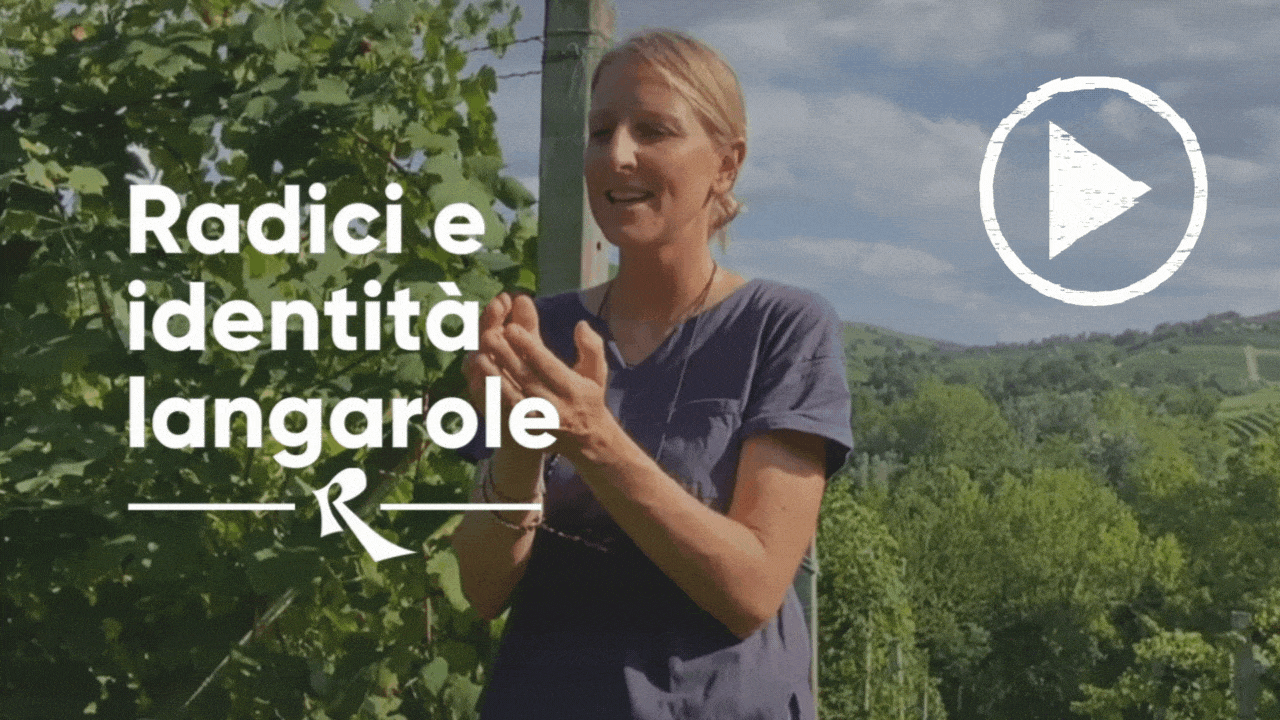
Massolino – Vigna Rionda
The Vigna Rionda vineyard, in the Serralunga area, is famous for its powerful, yet refined, wines. Due to its special microclimate, hot summer afternoons are balanced by cool evenings that provide the necessary thermal excursion that is key to creating complex and structured wines.
Massolino is only one of a small group of producers that makes a single vineyard bottling from Vigna Rionda, and it is undoubtedly the top bottling of their selection. In good vintages, it is an ideal example of the remarkable balance and complexity that Barolo wine can achieve, and a benchmark for producers from the area.
Palladino - Parafada and San Bernardo
Parafada is yet another renowned vineyard in the Serralunga d'Alba area, from which Palladino produces one of its purest expressions. Enticing aromas of rose, violet, tangerine and licorice, are all displayed to stunning effect. The color is ruby red with garnet reflections, while the mouthfeel is full-bodied and concentrated. Often it is perceived as a somewhat lighter, and extremely elegant expression of the Barolo grape, especially respective of San Bernardo which is only several hundreds of meters away.
The Palladino San Bernardo is an austere, complex and incredibly powerful interpretation of the soil and climate, displaying great balance between tannins and acidity.
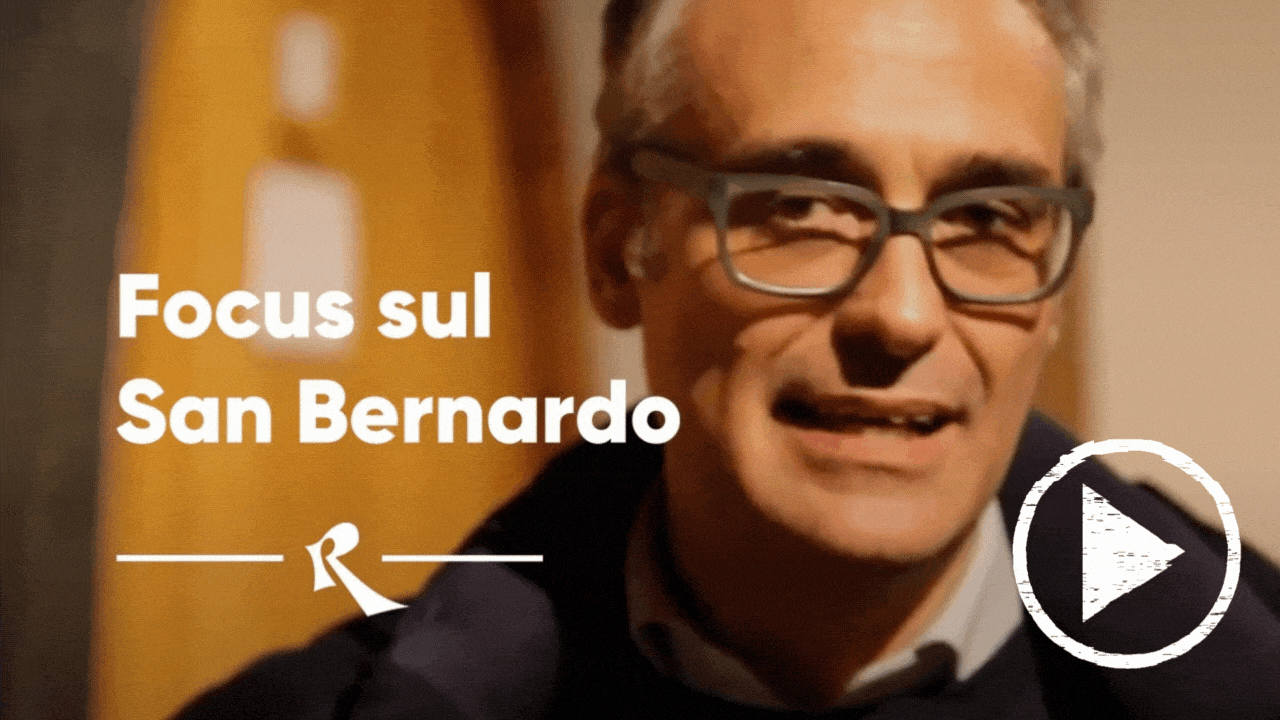
Our Barolo Wine guide was written by Andrew Mecoli & Marloes Fransen
Inspired to taste some of this stunning Italian Barolo wine? Click below to find out how you can become a member of our Italian Wine Club!
Our Free Guide to Italian Wine
Download our free 101 guide to Italian wine, introducing you to the winemaking history, common grapes and pairing recommendations from all of Italy's twenty regions.
Click below to download now and you'll also receive a unique discount code to save 25€ on your first wine club payment if you opt to join us a member:
 SEI IN ITALIA? CLICCA QUI
SEI IN ITALIA? CLICCA QUI 
